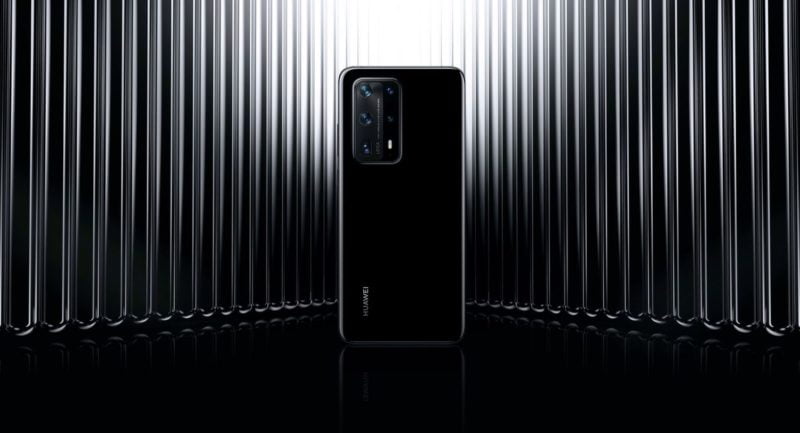Huawei has introduced the latest series called P40, and we had a chance to do a hands on review with P40 Pro. Since P40 Lite launched in advance, the P40, the P40 Pro and the P40 Pro+ followed.
Hands on review: Huawei P40 Pro
The P40 is generally available as a 5G and an LTE version. However, Huawei has decided not to launch the latter in all regions. Huawei focuses on the launch of the devices with Kirin 990 5G, which was already installed in the folding phone Huawei Mate Xs.

Design and display
Huawei has put a lot of work into its display. The Pro version has a 6.58-inch screen and has three fundamental innovations compared to its predecessor.
- An improved body-to-display ratio, the edges have been trimmed to zero.
- The curve reaches not only to the sides but also top and below. Huawei calls this Quad Curve Overflow Design. However, the curves are actually only gentle roundings for a more pleasant haptic experience, so that one can basically speak of a flat display. This is positive in that it does not result in incorrect entries.
- The screen has a 90Hz refresh rate. So the scrolling experience is much more pleasant.
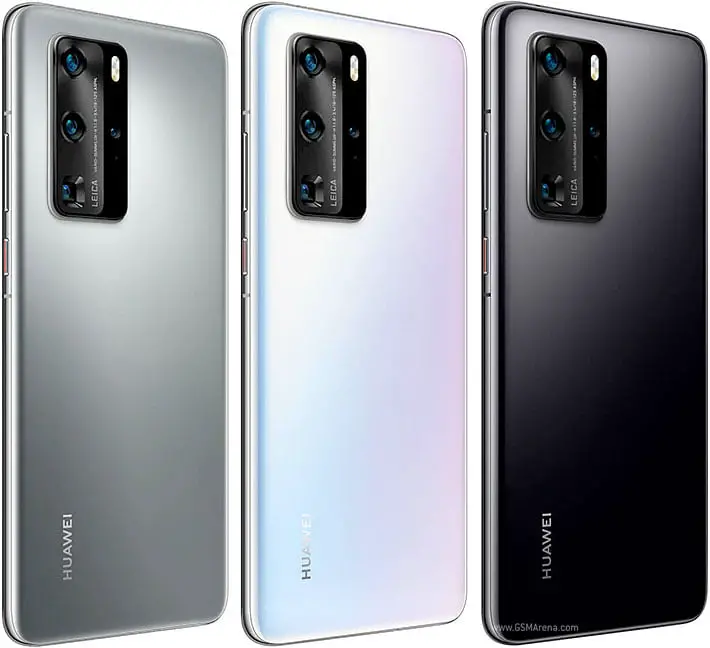
In general, having the phone in your hand feels very pleasant. Not too heavy, not too big and above all: not too wide. The matte aluminum-glass mixture on the back also contributes to this. In addition, fingerprints are hardly visible on it.
Of course, 90 Hz also affects the battery life. The P40 Pro has a 4200mAh battery, which makes it easy to get through the day even at 90Hz screen and intensive use. There is still something left for the second day. Huawei also included a 40-watt quick charger in the box that takes the battery from 0 to 100 percent in just over 50 minutes. The screen has 1200×2640 pixels or 441ppi. For comparison: The P40 has 400 ppi with a 1.1-inch smaller display.
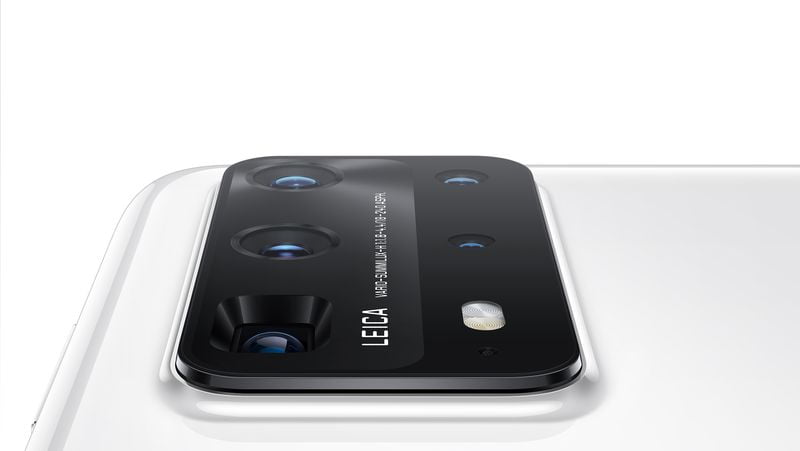
Camera
No big surprises here: Huawei focuses on the camera innovations once again. No wonder for a couple of reasons. First, about the selfie cam: The drop notch is history. Huawei now uses the so-called cut-out display. but there is a reason for that: there is a 32MP front cam (f/2.2) with auto focus and an infrared sensor, which is responsible for more reliable facial recognition. ToF is also supported. As we see, no errors occurred under very bright conditions or total darkness. Only if you use large, black sunglasses, facial recognition may fail.
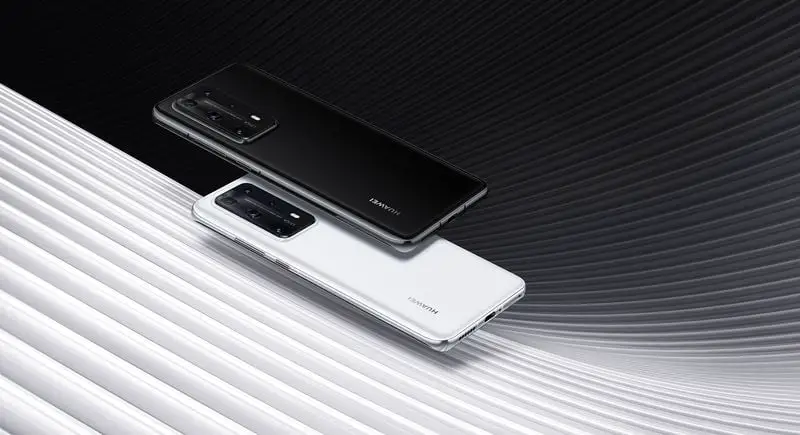
Huawei’s AI is once again working its magic through the front camera. The camera captures 4K images before, during and after the shutter and searches for the best shot. Three of these golden snaps are then made available to the user for selection.
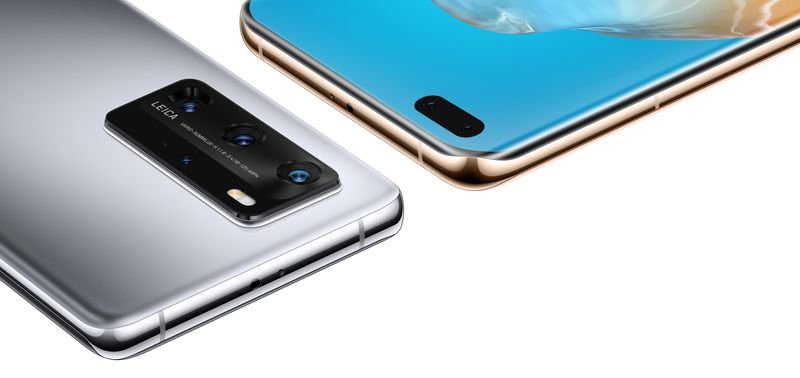
On the back you feel reminded of the Galaxy S20 Ultra: a rectangular, vertically arranged camera array with a Leica. Huawei has installed four lenses here: the main sensor has 50 megapixels, an optical image stabilizer and 50x zoom (100x with the P40 Pro +), 5x optical zoom (10x with the P40 Pro+). Huawei calls this the UltraVision camera.
In addition, the phone has a system called Octa Phase Detection. This was developed in order to be able to focus quickly and achieve a better focus experience overall. Of course, pixel binning is also used here, so that the image ultimately has 12.5 megapixels. There is also a 40MP video / super wide angle sensor, a 12MP telephoto and a ToF camera.
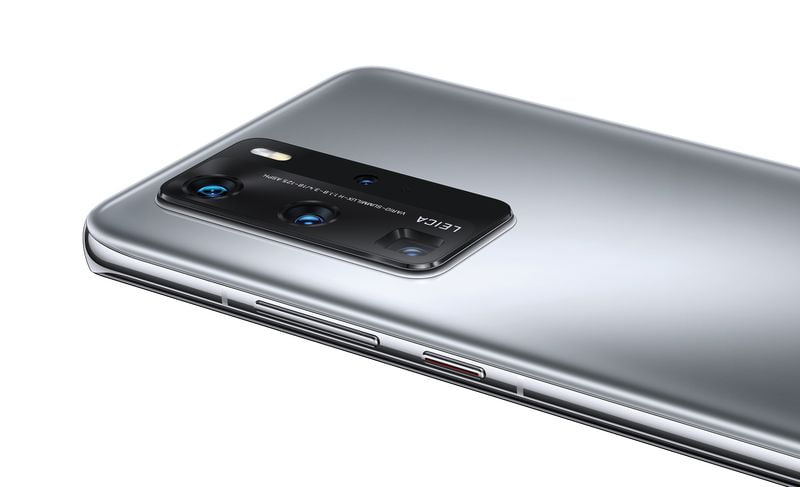
The video mode supports 4K@60fps, which produces impressive results. Here, too, AI comes into play whenever necessary and produces a couple seconds long trailer. So you see a highlight video after you shoot a video. And if you want to have a section of a longer video – for example during sports, where the ultra steady mode also comes into play.
OS and UI
You can see Huawei’s own branding for App Gallery on the box. Huawei seems they already invested too much in the App Gallery, the in-house app store, Huawei’s mobile system and its own cloud. So one might not really expect them to go back to Google, even if they can in the future. It seems the number of apps is increasing rapidly and many well-known manufacturers have already developed an app for Huawei’s store.
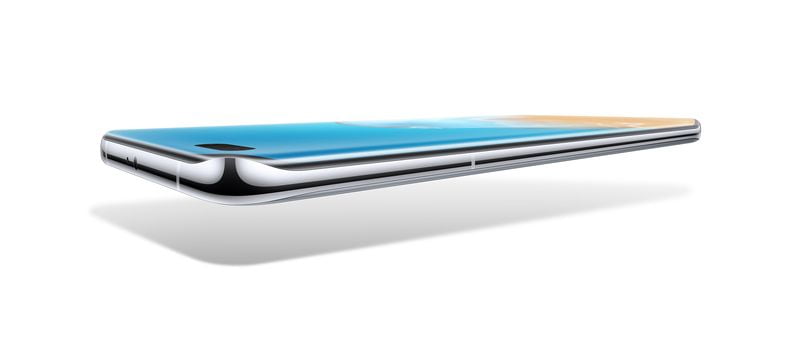
Still, it’s a gamble. It is possible that you can get around Gmail, Google Calendar and – possibly – even Google Maps if Huawei forces its partnership with TomTom and comes up with a competitive map solution. But the problem might be WhatsApp or some other apps that are not quite ready for App Gallery. You can install other apps through Phone Clone, but this is not a guarantee that they will work or function fully. In addition, backups are only created locally, because there is of course no interface for Google Drive.
Pricing and availability
The P40 costs 799 Euros and will be available from April 7th. Until May 4, customers will receive 50 GB of cloud storage from Huawei for one year free of charge. The Pro version costs 999 euros. Available from April 7th. Preorders will receive a Huawei MediaPad M5 Lite. For the Pro+, the release date is not clear yet. The price will be 1399 euros. There is also a new smartwatch, Huawei Watch GT 2 Lite (GT2e), which will be available from April 7th for 169 euros.

